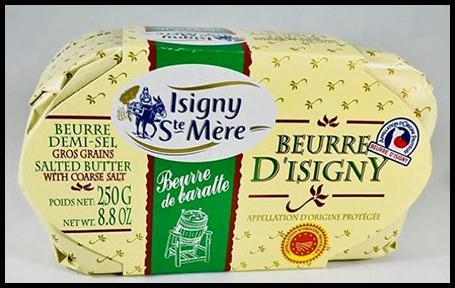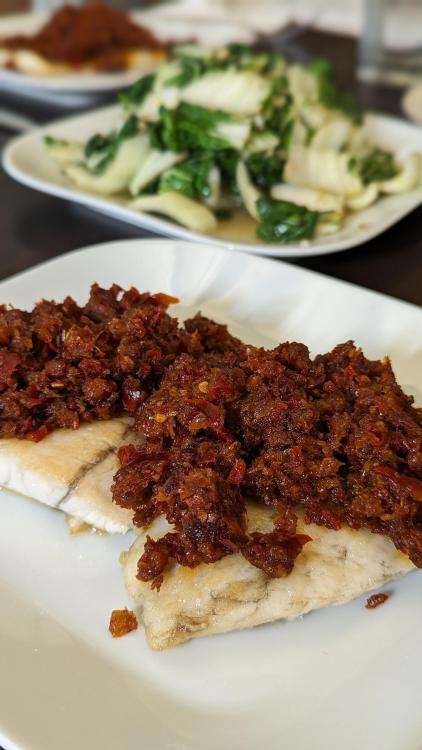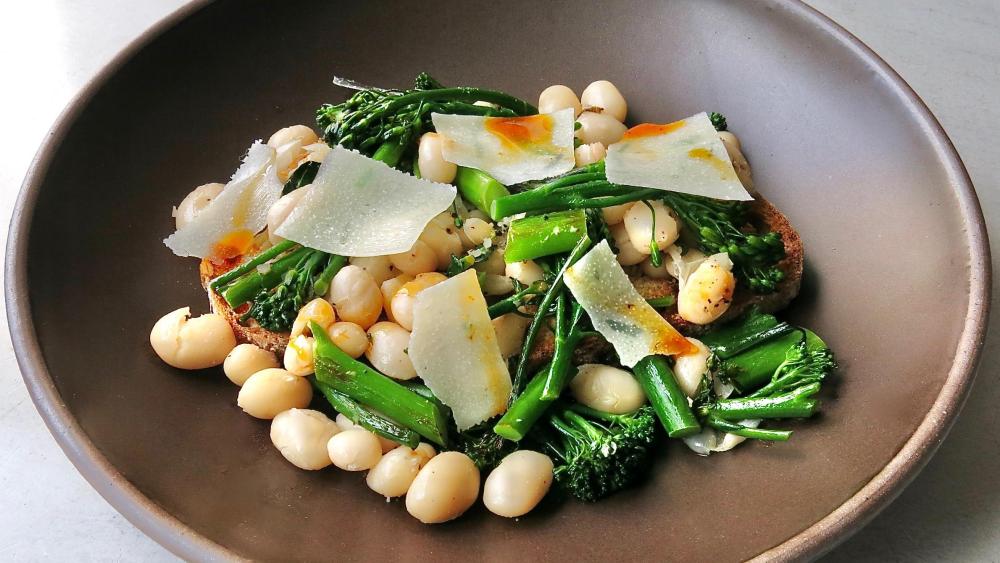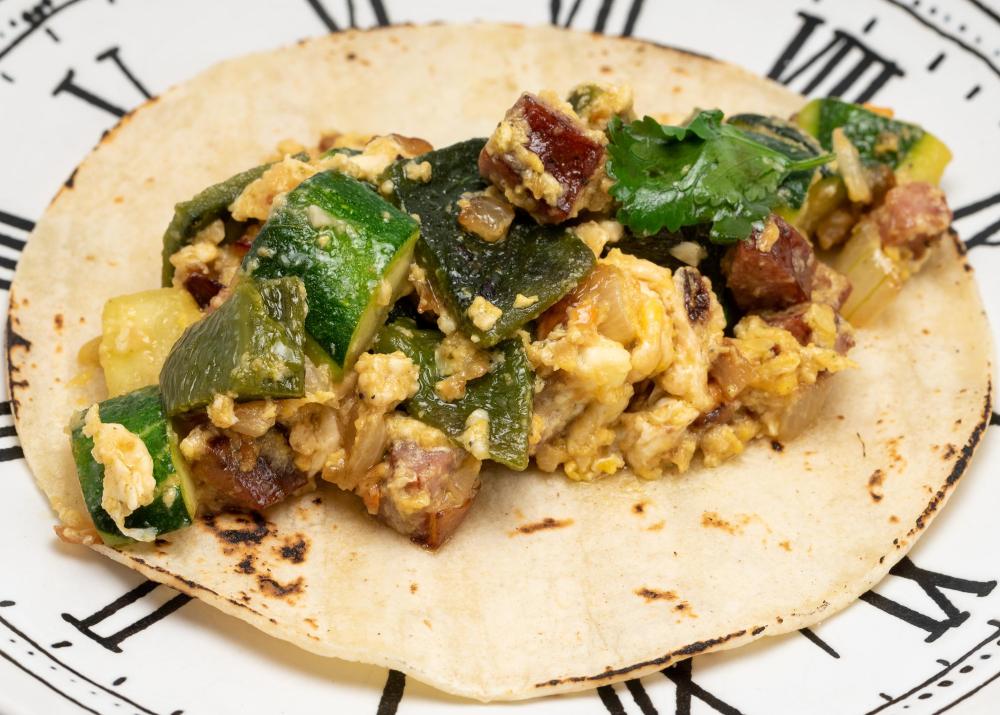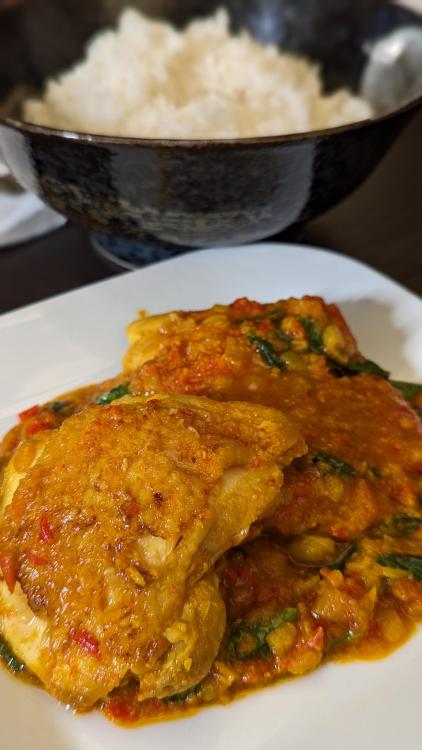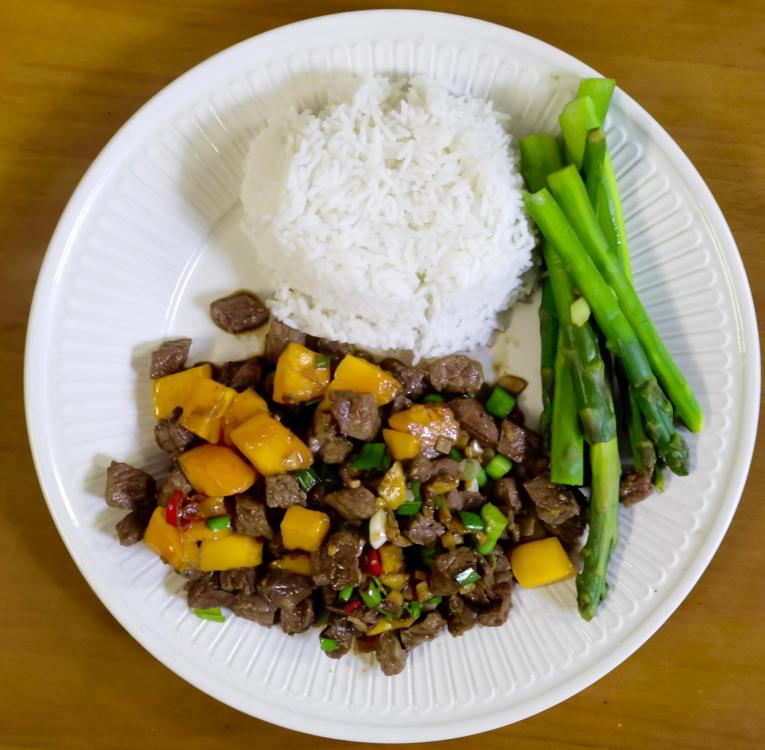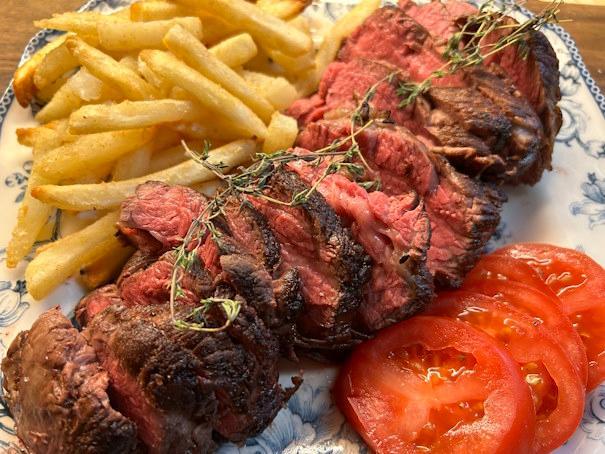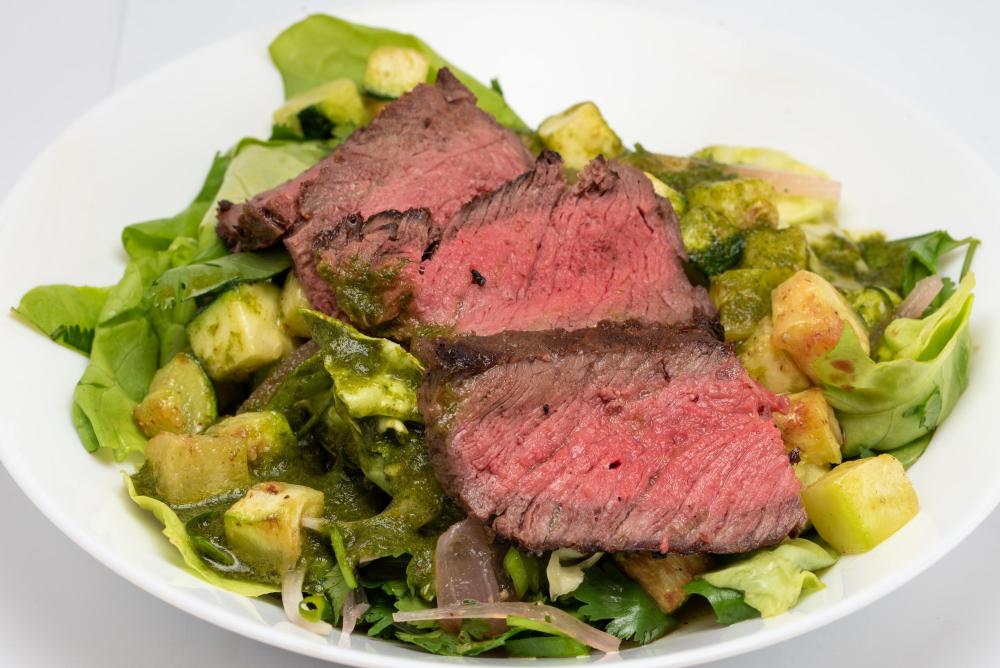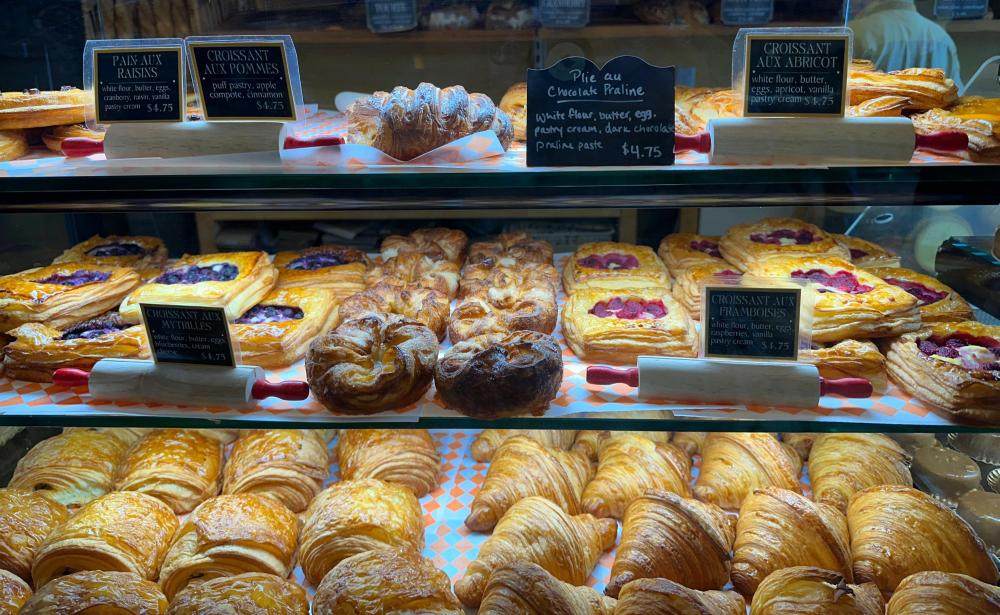-
Welcome to the eG Forums, a service of the eGullet Society for Culinary Arts & Letters. The Society is a 501(c)3 not-for-profit organization dedicated to the advancement of the culinary arts. These advertising-free forums are provided free of charge through donations from Society members. Anyone may read the forums, but to post you must create a free account.
All Activity
- Past hour
-
Thank you! 1kg is a much better trial size!
-
Has anyone used their APO to ferment cured meats? Im 100% sure it would work great, im just not sure on the settings to achieve lets say, 85F and 85% RH. I can't seem to find info on RH with the APO, but my common sense tells me 85% on the steam function would be 85% RH, but where im not sure is what mode would work better for this is SV mode or oven mode? Anyone know what settings are better to achieve 85F and 85% RH?
-
- Today
-
I'm thinking you wanted to know more detail than what Vermont Creamery includes in this little cartoon, but it's as @pastrygirl said: pasteurize the fresh, fluid milk -> add live bacterial culture -> ferment -> churn into butter.
-
I think you wouldn't be surprised to find out most large American butter producers don't like to do it because it slows things down unlike adding a couple % extra butterfat for a 'European' butter which is pretty trivial. Vermont Creamery started doing it the slow way back in 1998 so they didn't have to change anything. Thankfully cultured butter isn't as hard to find as it used to be! https://www.vermontcreamery.com/collections/cultured-butter 86% Vermont Creamery butter (I used to see it retailed more but now it seems to be going more to restaurants) I can get it locally at Farmshop, if I ask because they use it in the bakery. https://www.murrayscheese.com/dp/vermont-creamery-lightly-salted-chef-roll
-
That is correct. In case it's not clear, the bacterial cultures are specific to each application. I'd be interested in hearing more about this. From a manufacturing perspective, (to the extent that fluid milk is manufactured, and most of it is), it runs contrary to everything I thought I understood about the dairy industry.
- Yesterday
-
Cultured with live bacteria like buttermilk, yogurt, and sour cream are. Instead of churning cream straight into butter, they make creme fraiche first, then turn that into butter.
-
Whatever you mash it with...don't frigging burn it. 😀
-
An amusing side note - we ended up buying both the Zyliss and the Kuhn presses - I bought one and Husband bought the other unbeknownst to the other. So when I delightedly brought my Kuhn home (I get Amazon stuff delivered to the bakery, he gets stuff delivered to the house since he's home all day) to show him, he produced the new Zyliss and showed it off 😆 Anyway. The end result is that he loves both of them (I opened my package at work and he opened his so returning one wasn't a possibility) and he now volunteers to prep the garlic (😊) so he can have the dish as often as he wants LOL
-
So, what exactly is cultured butter and in what way is it different from regular, uncultured butter?
-
low water butters - ala Plugra, etc - are touted for flavor, etc. for any dough that aims to be flaky or "puff pastry" . . . . that effect is attributed to water in the butter exploding into steam and 'making the puff' / creating the separation of laminated layers. so - that raises the issue for baking . . . high water aka cheap 'American' butter = max steam explosion . . . . or centuries of bakers using high fat lower water butter. curious, eh?
-
That's true. But how much greater, and does it matter in the finished good? US butter is about 80% butterfat, about 18% water and 2% milk solids and the like. Taking that 18%, we can calculate the water content (0.18 x 16 = 2.88 oz). That's not quite 5 tablespoons. Taking the European percentages (I couldn't nail down the 86% Vermont that @AAQuesada references; the highest I could find was highest I could find was Organic Valley Special Edition, at 84%. Using the same arithmetic (and subtracting 2% milk solids), we get 2.24 ounces, or 4-1/4 tablespoons. So the difference between the two butters is about 3 tablespoons in a pound of butter. I don't do much baking, except for cookies, but that doesn't strike me as a big deal. Checking a few recipes, I found in most cases (the exception being brownies, which have almost no added moisture) the water content of the butter wasn't significant, when placed in context with the rest of the liquid in the recipe. Here's, roughly, the water content of a few: pound cake 8 T milk, 1 T brandy, 1 t vanilla, 3T from egg whites, 2-1/2 T from 1/2# butter (7% of total water from US butter; 6% had it been Euro) banana bread 1 t vanilla, 18 T banana, 3/4 T honey, 1-1/4 T from 1/4 # butter (11%; 9-1/2%) cornbread 20 T milk, 1 T from egg, 1-1/4 T from 1/4 # butter (12%; 10-1/3%) popovers 16 T milk, 2 T from eggs, 1T from 1-1/2 T butter (18%; 15-1/2%) So if you needed proof for your assertion "I'm guessing it doesn't, especially in the quantities used for such baked goods," there it is. Even at the widest margin, European-style butter contributed only 2-1/2% more butterfat. As for flavor, the recipe authors seemed to claim that the biggest difference was between using butter and not (using instead vegetable oil, shortening, lard, etc.). There were assertions that the water content of butter was mechanically beneficial in some cases, but real proof was scarce. What seemed to make big differences were 1) the form the butter took: straight from the fridge, room temp, melted, browned; 2) whether it was cultured or not. The first criteria will determine, in large part, the height, flexibility, puffiness and crispness of the finished product. The second criteria is simple a matter of taste -- you either like it or you don't. Or you like it in some case but not others.
-
We're generally looking at a range only between 80% and, at the most, 85%, so that'd be my guess, too. For my most-baked sweet, gluten-free chocolate brownies, I haven't noticed any difference between Challenge, Kerrygold, and Plugra.
-
Good point. Hadn't thought of that. Wouldn't the same hold true when using an oil?
-
There's a salted French butter that I sometimes treat myself to ... wonderful on a fresh Acme or Semifreddi baguette. Thanks for your comment on baking butter. Helpful.
-
@Shel_B I save my high fat European butter for fresh bread or buttering toast or crackers. When I bake I just use regular butter. It's cheaper, considering how much butter goes into some bakes, and It has NEVER occurred to me when eating one of my quick breads or cakes: "Oh if only I'd used Irish butter!" Well, maybe if I was making shortbread I would splurge with high fat butter, bur for simple snacking cakes or muffins, no.
-
I have not tasted it, but Chocosphere has it in a 1kg bag for $26.29.
-
Lately I have been digging hot pickles with kimchi (tuna salad, etc.) - so why not with fried rice? Plus kielbasa, soy sauce, sriracha, and an egg.
-
For me anytime I'm going to / want to really taste the butter I try to get a good cultured butter, around here Frentel is the best flavor / price before you start to get diminishing returns. Extra fat helps when you are doing anything rolled out from pie dough to croissants. I like good French butter in Chocolate chip cookies and Brioche not necessarily for the extra fat but for the better butter flavor. Vermont Creamery is a good one as well especially if you can get the 86% 1 lb butter roll. If you switch to solid fat like lard depending on the recipe you might want to add 18-20% of the butter weight in water so you don't throw off the hydration of the recipe.
-
Garland chrysanthemum, glebionis coronaria, formerly called chrysanthemum coronarium. 茼蒿 (Mand: tóng hāo; Cant: tung4 hou1).
-
It's the Thomas Keller Insignia Titium nonstick 8.5" skillet. I think it's the same as the probond titium nonstick. I am not sure where I got the 3mm thickness number from---they don't advertise it on their site. I think maybe it was a reddit post that says: "FWIW I asked Hestan directly and was told the frying pans are 3mm, and everything else is 2.3mm. This lines up with what I saw in the store." I think that's total thickness, not aluminum thickness.
-
Which Hestan is this? My understanding is that Thermoclad is 2mm of aluminum, and the Nanobond is a bit thinner. They allege the cores are pure aluminum for "up to 35%" better conductivity. I've had a Thermoclad, and I see no difference.
-
-
I rarely bake, and when I do it's usually for simple things like quick breads, corn muffins and cornbread, brownies, and dessert loaves, like a pound cake, or popovers and similar items. Once in a while I'll bake some cookies. These recipes pretty much all call for butter, but none of the recipes I've used or come across specify the fat content of the butter. Euro-style butters generally have a greater fat content that stateside spreads. For the type of baking I do, does the fat content of the butter play much of a role? I'm guessing it doesn't, especially in the quantities used for such baked goods, but I'd rather not guess and get some facts or experiences from the bakers here. Also, should I assume that if a recipe is from the US (or Canada, Latin America) the butter that's called for is the lower fat, US-style butter, and if a European recipe it's automatically the higher fat content butter? In what baking situations is the fat content of butter most important? For example, how about brioche or croissants, or biscuits, or when making popovers? Might there be a noticeable difference in the results depending on the butter used? Tangentially, would switching fats from butter to, for example, lard, require any change in the quantity of the fat?
-
Who's Online 8 Members, 1 Anonymous, 722 Guests (See full list)
-
Popular Now
-
Recent Forum Images













